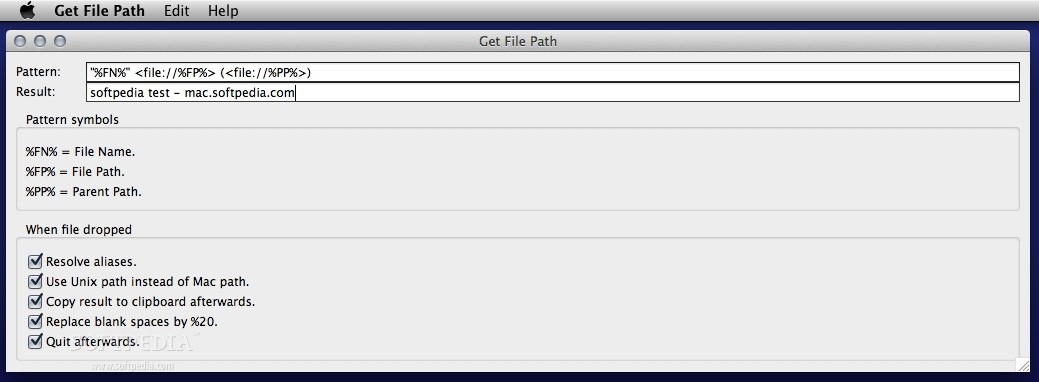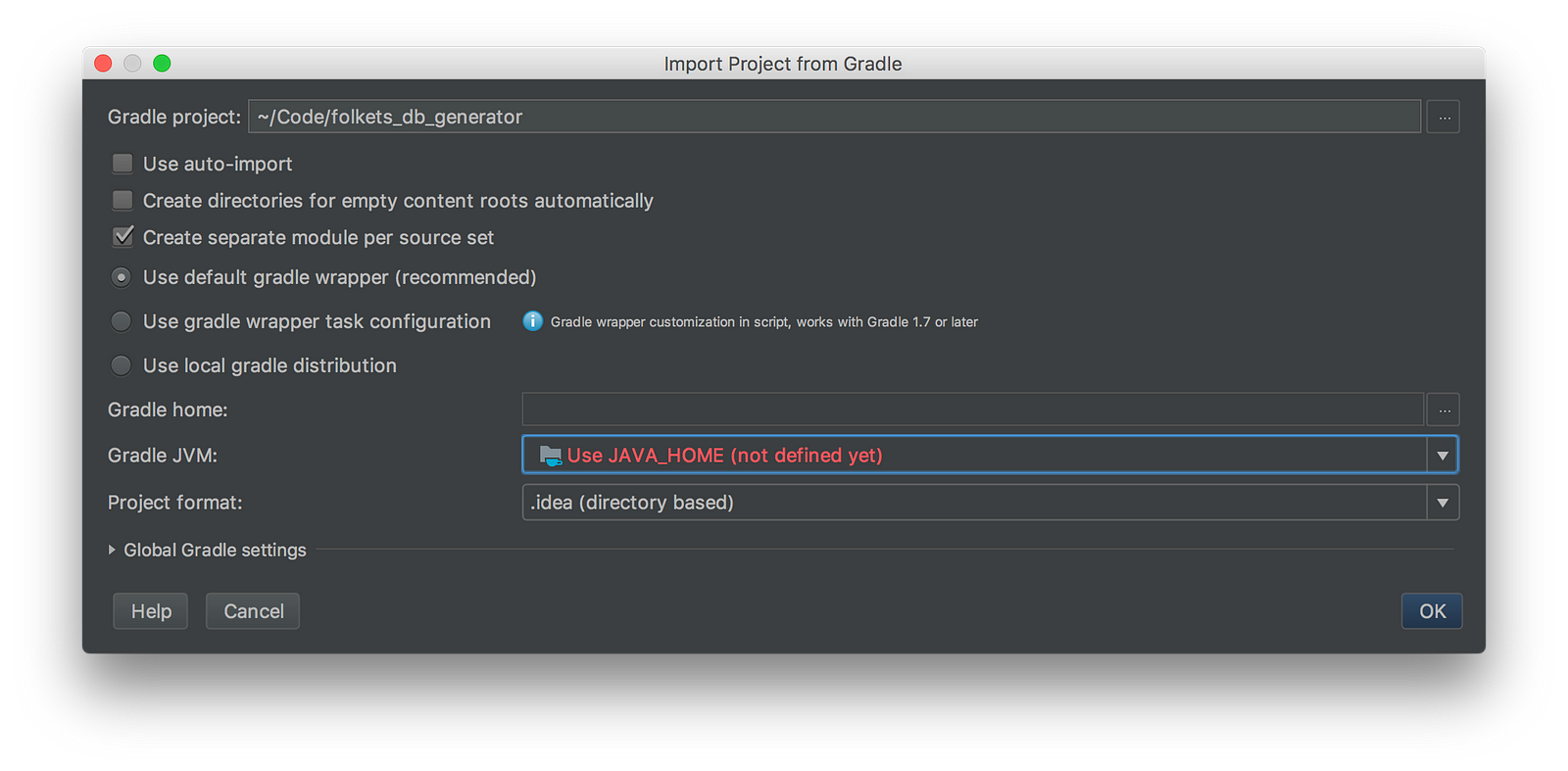
- #Get the jdk path in mac how to
- #Get the jdk path in mac mac os x
- #Get the jdk path in mac install
- #Get the jdk path in mac update
Note: the ‘ oldjre‘ here refers to your old JRE path Method #5: Using the Embedded SDK Then C:\Program Files\Android\Android Studio\jre\oldjre\Īnd just like that, you’ve achieved the desired result OpenJDK 64-Bit Server VM (build 25.76-b03, mixed mode) OpenJDK Runtime Environment (build 1.8.0_76-release-b03) In order to achieve that using the command line, follow the below commands in the Android Studio’s Terminal C:\Program Files\Android\Android Studio\jre\bin>java -version If you want to be a Geek and the above methods are just too much GUI for you, you might want to handle the SDK path using the terminal. Method #4: For the Command Line Enthusiasts The name of the SDK should now include the new Java version that you installed. Note: Change your Project SDK to the one you just established under Project Structure > Project Settings > Project.
#Get the jdk path in mac update
Sometimes only updating your SDKs won’t allow you to compile projects just because the SDK has lived its life and requires an update to itself. Method #3: Adding a new SDK to Your Android Studio This will make it applicable to the present project. You’ll then need to either update your current SDK setup to make use of the new directory or create a new directory and then adjust the settings in your project to make use of the new directory. Navigate to File > Project Structure > SDKs Setting Project SDK location in 4.2 & + Method #2: For Android Studio Version Below 4.2Ĭhances are that you might be rocking an older version of Android Studio, if yes then
#Get the jdk path in mac how to
#Get the jdk path in mac install

For example, I will choose the 1.8.0_121 version to be my default JDK.

Matching Java Virtual Machines (3):ĩ, x86_64: "Java SE 9" /Library/Java/JavaVirtualMachines/jdk-9.jdk/Contents/Homeġ.8.0_121, x86_64: "Java SE 8" /Library/Java/JavaVirtualMachines/jdk1.8.0_121.jdk/Contents/Homeġ.7.0_80, x86_64: "Java SE 7" /Library/Java/JavaVirtualMachines/jdk1.7.0_80.jdk/Contents/Homeįrom the list above pick which version you want to be the default JDK. On my machine I have the following version of Java. The command will print out something like the following depending on the available JDK in your computer.

First you need to run /usr/libexec/java_home -V command to get the list of installed JDK.

#Get the jdk path in mac mac os x
In this post you will learn how to set the default JAVA_HOME in Mac OS X when you have more than one JDK installed in your computer.


 0 kommentar(er)
0 kommentar(er)
